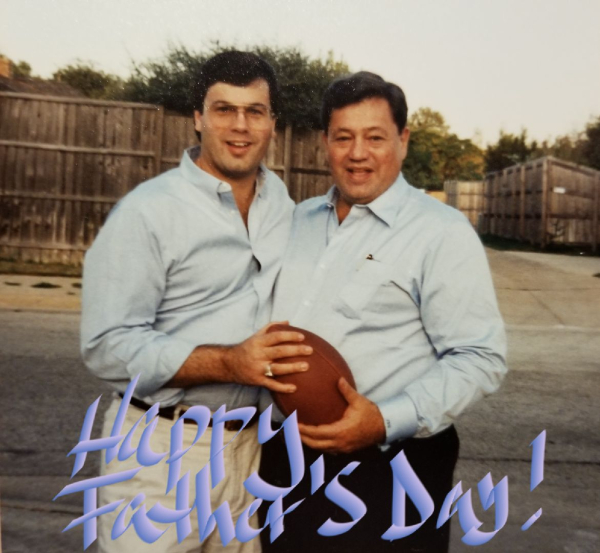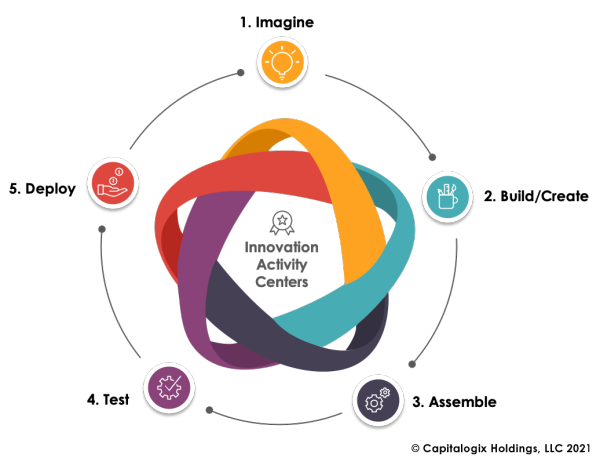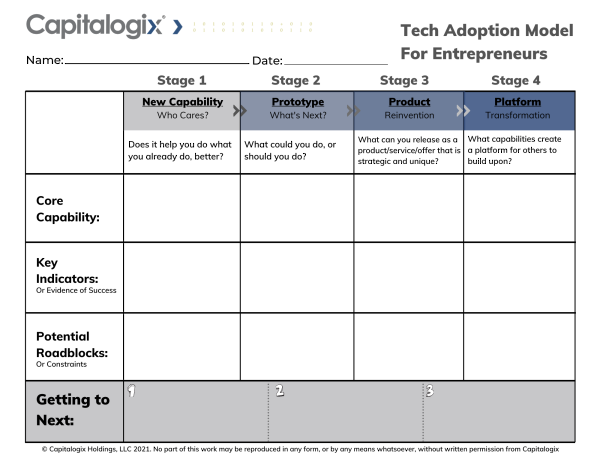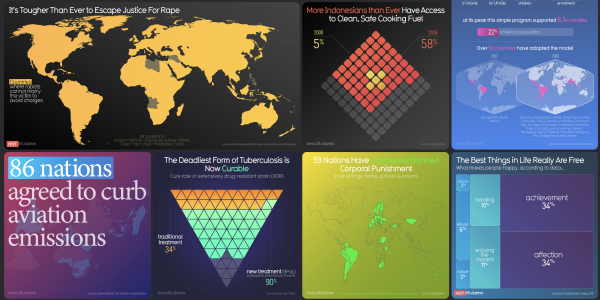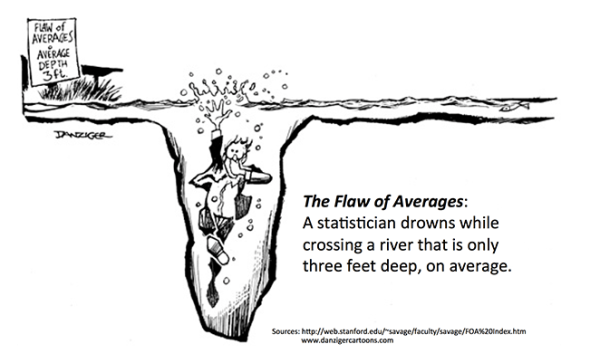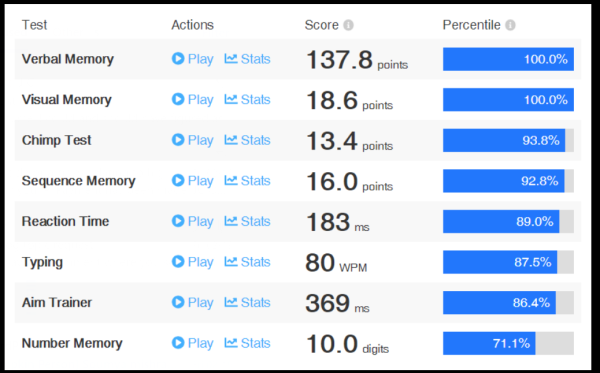While we all know that pop culture representations of AI aren't accurate – I'm still surprised how often I see people who are against Artificial Intelligence. It seems that many people are focus on science fiction's dystopian depictions of sentience and omniscience, while the reality is exciting (and much less scary).
In my office, we use a lot of what seems like "futuristic" artificial intelligence approaches to understanding financial markets and enhancing decision-making. Most of my team are technical or data-science specialists that develop and drive the systems that create our systems. Despite the exponential growth of AI and its supporting technologies, I still believe the heart of AI is human.
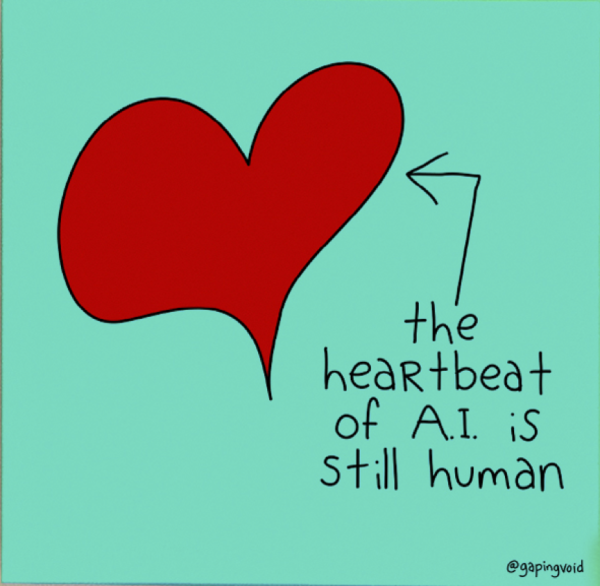
Of course, I'm not sure how long that will be true. But I'd bet it remains true for the next 25 years.
The video below was shot in 2014 and gives a great perspective on how quickly automation, robots, and eventually autonomous robots, are becoming pervasive.
via CGPGrey
Automation used to mean big, bulky machines doing manual and repetitive work. Today, however, automation can land an aircraft, diagnose cancer, and trade. I'm fascinated by what is becoming possible … and how, even when the A.I. is little more than an elegant use of brute force, incredible results are becoming commonplace.
In many cases, the results coming from machines coding other machines are matching or exceeding the work done by humans.
And it's only getting better.
In the past, innovation created new industries or allowed increased scale … nonetheless, people are worried that the number of jobs the internet and Artificial Intelligence create isn't matching the number of jobs they're making obsolete.
According to this study, approximately 50% of jobs will be automated by 2034.
Personally, I believe that freeing us to elevate our perspective and do more has always been a boon to society. Electricity put a lot of people out of work as well. Nonetheless, look what it made possible.
To date, human progress has been based on the division of labor. As our society progressed, our jobs have become increasingly specialized. Now, machines will be able to break down complex jobs into simple parts and complete them faster than we can.
So, yes, the same technology that's currently creating opportunities could eventually put you out of a job … but it also creates an opportunity for something new.
There's a lot of change coming, and that can be scary, but there's reason to be excited as well.
We live in a golden era of innovation, and we have longer life expectancies than ever before. Humans are immensely adaptable, and I'm sure we'll continue to grow to meet the challenges and opportunities we face.
The reality is, we've been working symbiotically with "machines" since the very beginning. Our definition of a "machine" simply continues to improve. It's fractal, and each time the technology we're adopting gets bigger, so does the eventual positive effect on day-to-day life.
AI adoption is a big step, but the positive effect it can have on our lives is astronomical.
Onwards!

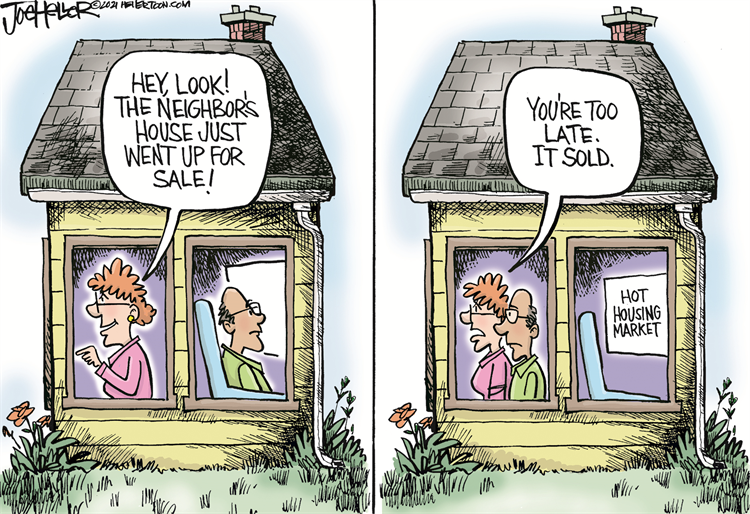
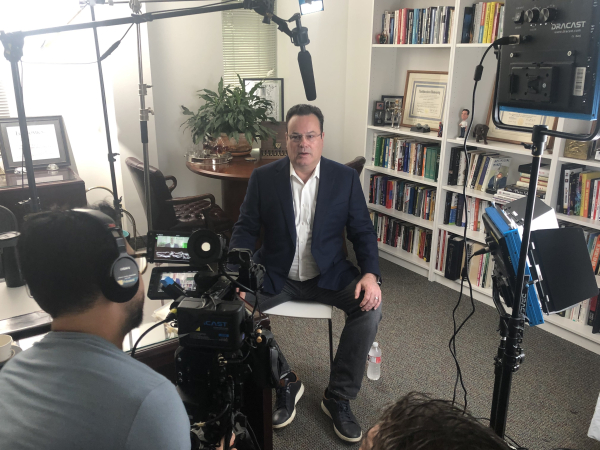
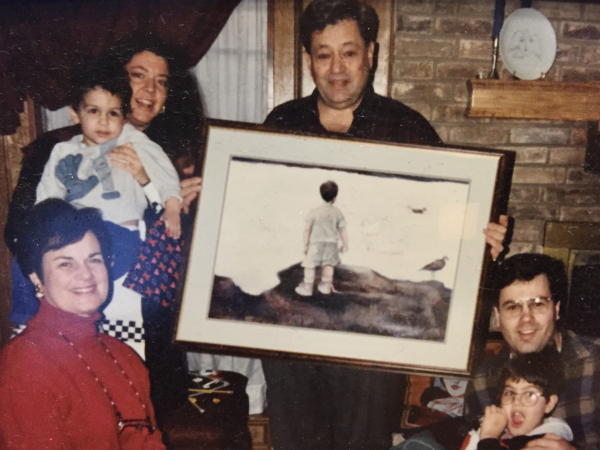 Three Generations of Getsons
Three Generations of Getsons